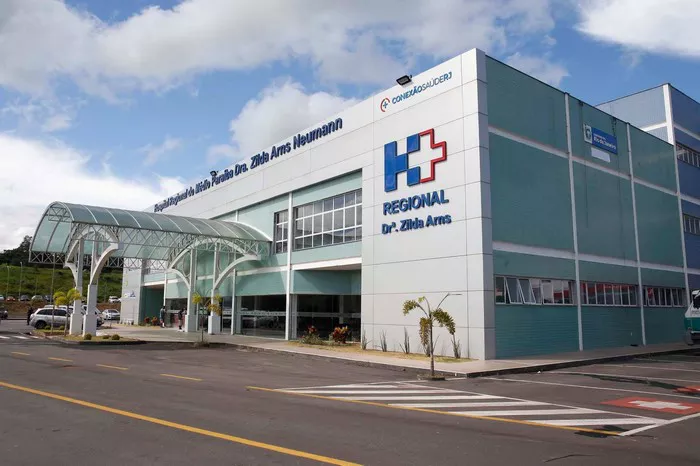Definition of Stroke:
A stroke is a sudden interruption of blood flow to the brain, resulting in brain injury. This interruption can occur due to a blockage in a blood vessel (ischemic stroke) or bleeding from a ruptured blood vessel (hemorrhagic stroke). Both types of stroke can have profound effects on various body systems, leading to a range of physical and cognitive impairments.
Types of Stroke:
Ischemic strokes occur when a blood clot obstructs a blood vessel supplying blood to the brain, whereas hemorrhagic strokes occur when a weakened blood vessel ruptures and bleeds into the surrounding brain tissue. Both types of stroke can cause significant damage to the brain, resulting in similar symptoms, although the underlying causes differ.
Body Systems Affected:
Nervous System:
The nervous system bears the brunt of stroke-related damage, leading to a myriad of neurological deficits. Depending on the location and severity of the stroke, individuals may experience impaired movement, sensation, speech, vision, balance, and cognitive functions. Motor deficits such as paralysis or weakness on one side of the body (hemiparesis) are common, as are difficulties with speech and language, memory, and executive functions.
Cardiovascular System:
Stroke and cardiovascular health are intricately linked. Risk factors such as high blood pressure, heart disease, atrial fibrillation, and diabetes can predispose individuals to stroke by promoting the formation of blood clots or weakening blood vessel walls. Managing these risk factors through lifestyle modifications, medication, and regular medical check-ups is crucial in preventing stroke occurrence.
Musculoskeletal System:
Strokes often result in muscle weakness, spasticity, and coordination difficulties due to damage to the motor areas of the brain. This can lead to challenges with movement, balance, and coordination, affecting a person’s ability to perform daily activities independently. Rehabilitation therapies such as physical and occupational therapy play a vital role in improving muscle strength, mobility, and functional independence post-stroke.
Respiratory System:
Breathing difficulties can arise following a stroke, particularly if the areas of the brain responsible for controlling respiration are affected. Additionally, stroke survivors may be at increased risk of developing pneumonia due to impaired cough reflexes, weakened chest muscles, or difficulty clearing secretions from the airways. Prompt management and rehabilitation can help mitigate respiratory complications.
Digestive System:
Dysphagia, or difficulty swallowing, is a common complication of stroke, occurring in up to half of all survivors. This can lead to aspiration, where food or liquid enters the airway instead of the esophagus, increasing the risk of pneumonia. Bowel and bladder control issues are also prevalent, affecting continence and necessitating appropriate management strategies.
Other Systems:
Stroke can have secondary effects on other body systems, including the endocrine system, urinary system, and integumentary system. Endocrine dysfunction may manifest as hormonal imbalances or dysregulation of glucose metabolism. Urinary incontinence or retention can occur due to neurogenic bladder dysfunction, and skin breakdown may result from immobility or impaired sensation.
Stroke Recovery:
Stroke recovery is a complex and variable process influenced by factors such as the severity of the stroke, the individual’s overall health, and the effectiveness of rehabilitation efforts. Rehabilitation typically involves a multidisciplinary approach, encompassing physical, occupational, and speech therapy to address motor, cognitive, and communication deficits. Early intervention and intensive therapy have been shown to improve outcomes and maximize functional recovery.
Prevention:
Preventing stroke relies on addressing modifiable risk factors and adopting healthy lifestyle choices. This includes maintaining a balanced diet, engaging in regular exercise, quitting smoking, limiting alcohol consumption, and managing chronic conditions such as hypertension, diabetes, and high cholesterol. Additionally, seeking timely medical care for conditions that increase stroke risk, such as atrial fibrillation, can help prevent stroke occurrence.
Conclusion
In conclusion, stroke exerts a significant impact on various body systems, necessitating comprehensive management strategies to address the diverse range of physical, cognitive, and psychosocial challenges faced by survivors. Through a combination of preventive measures, acute interventions, and rehabilitative therapies, it is possible to mitigate the burden of stroke and improve outcomes for affected individuals.
FAQs
Does a stroke affect the nervous system?
Yes, a stroke affects the nervous system. It disrupts the blood supply to the brain, leading to damage to brain tissue and affecting various functions controlled by the nervous system, such as movement, sensation, speech, and cognition.
What part of the body is damaged by a stroke?
A stroke damages the brain. The specific area affected depends on the type and location of the stroke. Ischemic strokes result from blocked blood vessels, while hemorrhagic strokes occur due to bleeding in the brain, both of which can damage different regions of the brain.
What side of the body is affected by a stroke?
The side of the body affected by a stroke depends on the location of the brain damage. Generally, if the stroke occurs in the left hemisphere of the brain, the right side of the body may be affected, and vice versa. However, this can vary depending on individual cases and the extent of the damage.
Related topics:
- Aortic Dissection: Understanding Causes, Symptoms, Treatment & Prevention
- Managing Piles: Understanding, Relief, Treatment & Prevention
- Aortic Stenosis and Heart Failure Connection


